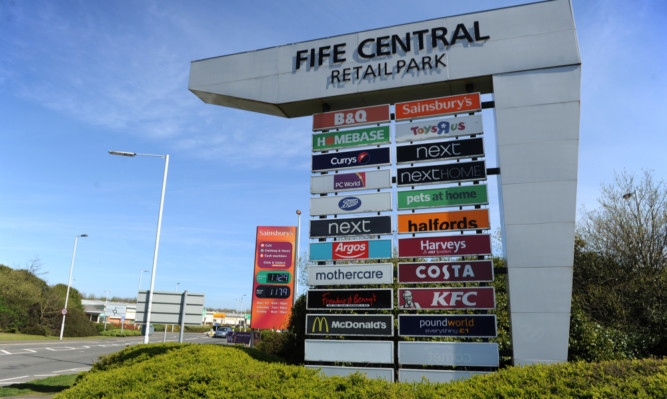Footfall in out-of-town shopping centres has continued to grow as the number of empty units on high streets increases.
The Scottish Retail Consortium (SRC) – Springboard Footfall and Vacancies Monitor shows footfall numbers were 1.1% higher in April compared to the same month last year but the vacancy rate in Scotland was 10.4%, up from 9.7% earlier this year.
The rise in vacancies, which is above the UK average, is partly being put down to the expiry of many leases at the end of the financial year.
The SRC is calling on the Scottish Government to step up its town centres plan to improve accessibility, create more affordable parking and ease the cost of doing business.
The increase in footfall in Scotland comes as there is a fall in the UK average.
Director David Lonsdale said: “Like the curate’s egg, these figures are excellent in part. Footfall in Scotland’s shopping destinations has sprouted for a third successive month.
“Indeed, shopper footfall has shown positive growth in Scotland in ten of the last twelve months, outshining the rest of the UK and at a time when the popularity of online retailing has never been greater.
“Less encouraging, though, is the spike in the shop vacancy rate in our town centres.
“Vacancies have risen for a second successive quarter and with one in every ten retail premises now empty, the vacancy rate in Scotland now lies a smidgen above that of the UK as a whole.
“The SRC wants to see further momentum injected into the government’s town centres agenda with improved accessibility, more affordable parking and action to address the bugbear of the cost and ease of doing business.”
Diane Wehrle, director at Springboard, said: “The major downside for Scotland in April is a significant increase in its vacancy rate from 9.7%, to 10.4% over the three months from January, and for the first time since April 2014 it is now higher than the prevailing UK rate of 10.2%.
“The sudden rise in the vacancy rate in Scotland is likely to be an indication of the adverse impact of the increasing number of retail leases that are expiring, offering retailers an opportunity to vacate units that are no longer in viable trading locations.
“The fact that this has impacted on Scotland’s towns and cities to a greater degree than the UK as a whole despite the growth of omni-channel shopping behaviour suggests a more challenging trading period ahead.”
